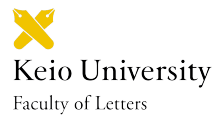 Department of Japanese History, Faculty of Letters, Keio University
Department of Japanese History, Faculty of Letters, Keio UniversityLab of Modern Japanese History
 Department of Japanese History, Faculty of Letters, Keio University
Department of Japanese History, Faculty of Letters, Keio UniversityOur ultimate goal is to unravel the mechanism of Japan's modernization during the nineteenth and twentieth centuries.
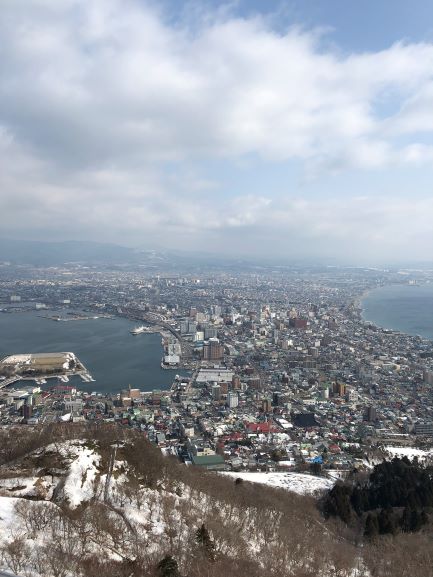
The port of Hakodate (one of the open ports in 1859)
In 1859, Japan opened its ports and strengthened ties with foreign countries. Western countries introduced not only industrial products but also modernized social systems, such as legal systems, parliamentary regimes, stock corporation systems, and organized military institutions. Japan imported Western goods, technologies, and knowledge for modernization, as a result of which its economy saw rapid growth after the 1880s. In the following decade, Japan annexed Taiwan, making it unique as the only Asian country with colonies. However, we do not recognize the above-mentioned history as a "successful" result of Western influence.
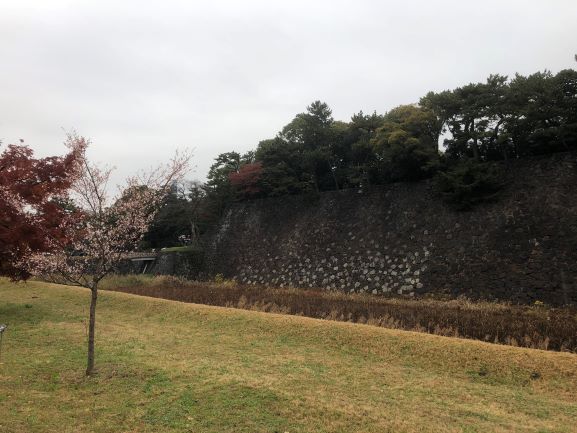
The ruins of Edo Castle where the Tokugawa Family lived
Western influence caused only a part of Japan's modernization. We focus on the historical continuity between the pre-modern and modern periods. The Tokugawa shogunate conquered all of Japan in the seventeenth century, which stabilized society and promoted qualitative and quantitative economic growth, from which distinctive Japanese industries and cultures simultaneously emerged. For example, the brewing industry, which produces rice wine (sake), soy sauce (shoyu), and fermented soybean paste (miso), grew and cultivated Japanese-style food (washoku) culture in the pre-modern period. This brewing industry became a principal of the food industry with a large portion of domestic production value until the 1910s when the heave and chemical industry began to grow.
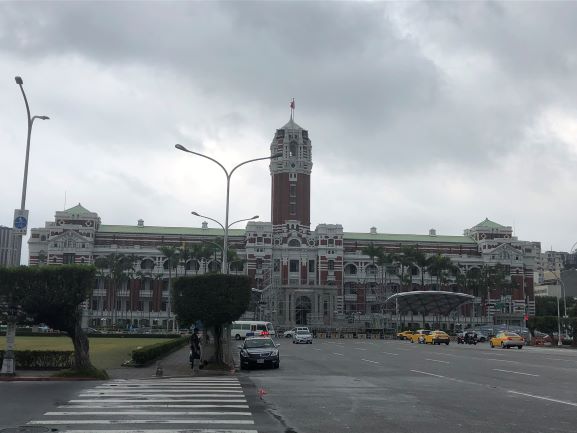
Presidential office building in Taipei (former building of the Governor-General
of Taiwan)
In the modern period, Japan's high economic growth was not favorably received by East Asian countries as between the First Japanese-Sino War (1894–1895) and the Second World War, Japan invaded and colonized regions in East Asia and Southeast Asia. While Western colonies were located in Asia, South America, and Africa, which are far from Europe and North America, Japan's colonization was characterized by colonizing neighboring areas within Asia. This historical background is behind many neighbor state conflicts in contemporary East Asia, but following the Second World War, Japanese colonies became independent nations.
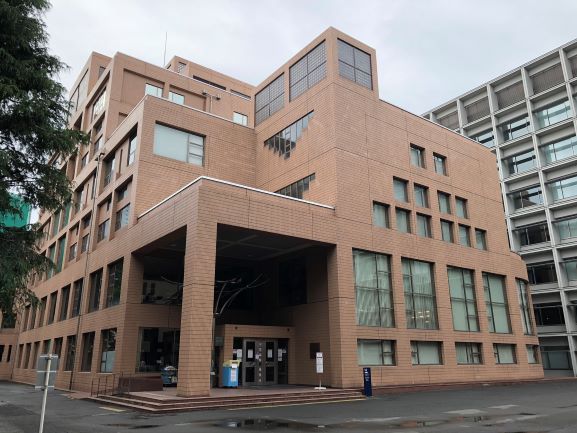
Main building of the Keio University Library
The historical study of modern Japan can provide many of the elements necessary to solve contemporary international problems. To unravel the mechanism of Japan's modernization, we broaden our scope and focus on not only modern domestic issues but also those in pre-modern times and overseas. With this wide scope we attempt to elevate the level of our scholarship and apply our research outcomes to educational activities. The educational purpose of the department of Japanese history is to equip students with insights and perspectives that place them in a unique position to contribute to society as researchers, educators, and other social participants who have a profound understanding of the history of Japan, its people, and its social movements. We encourage our students to reach this goal.
January 2021
Lab of Modern Japanese History
Department of Japanese History
Faculty of Letters
Keio University
〒108-8345
2-15-45 Mita, Minato-ku, Tokyo, Japan
Website (Japanese only)
http://web.flet.keio.ac.jp/jhis/

